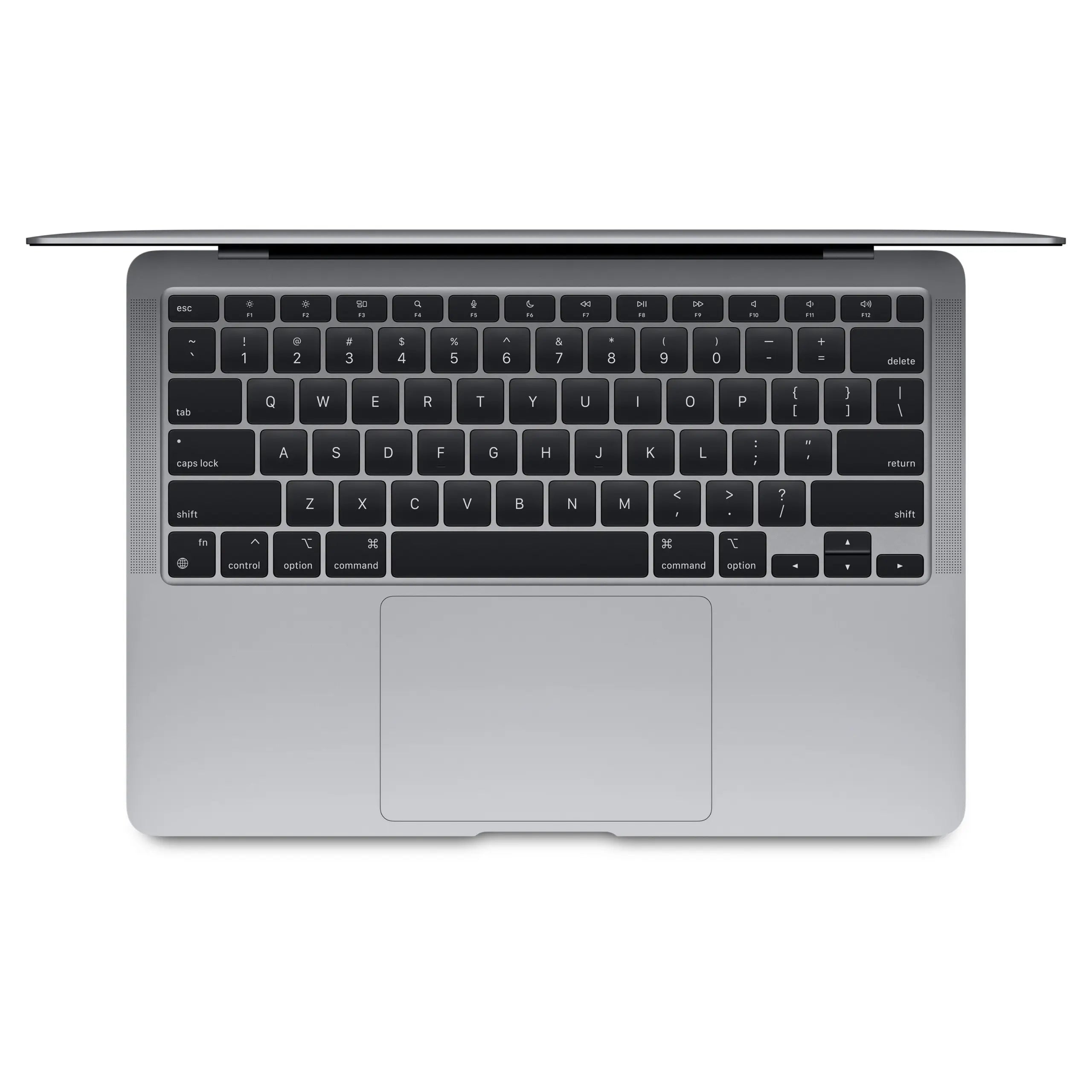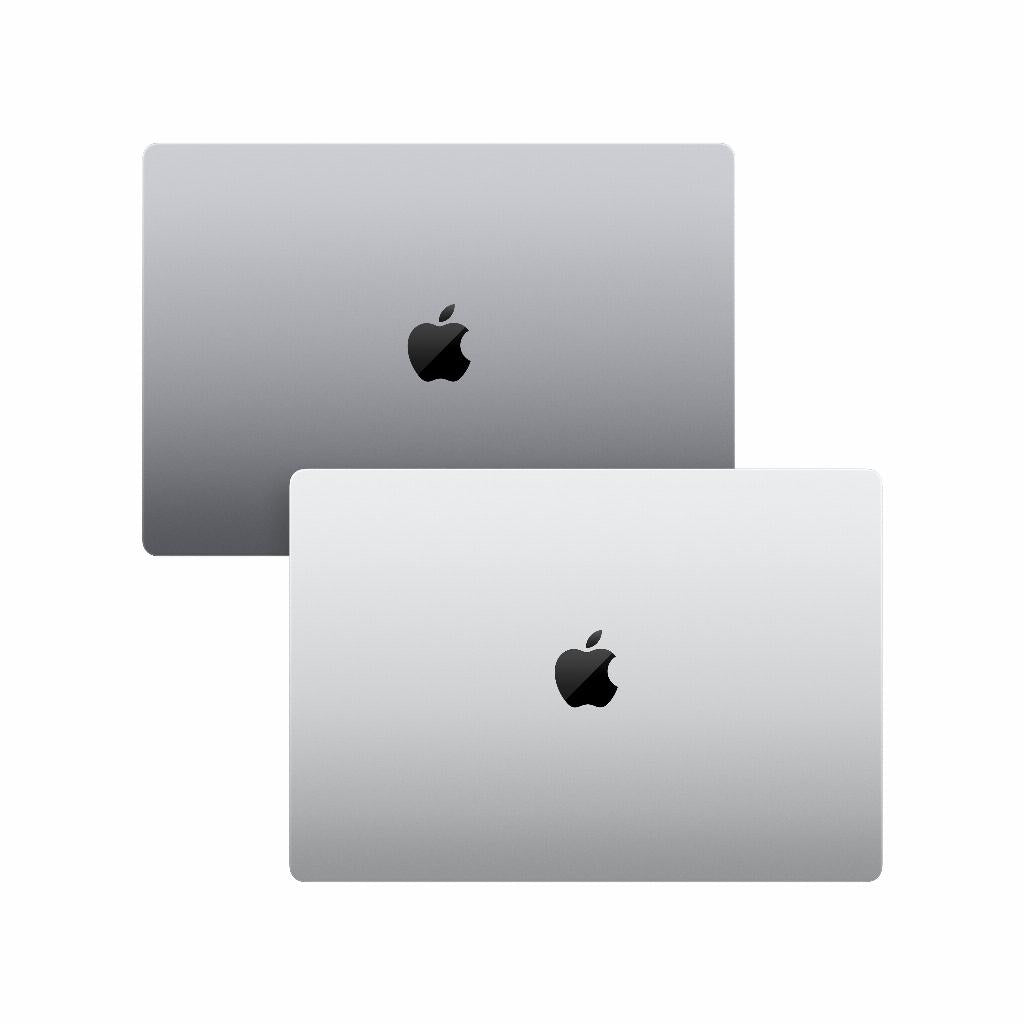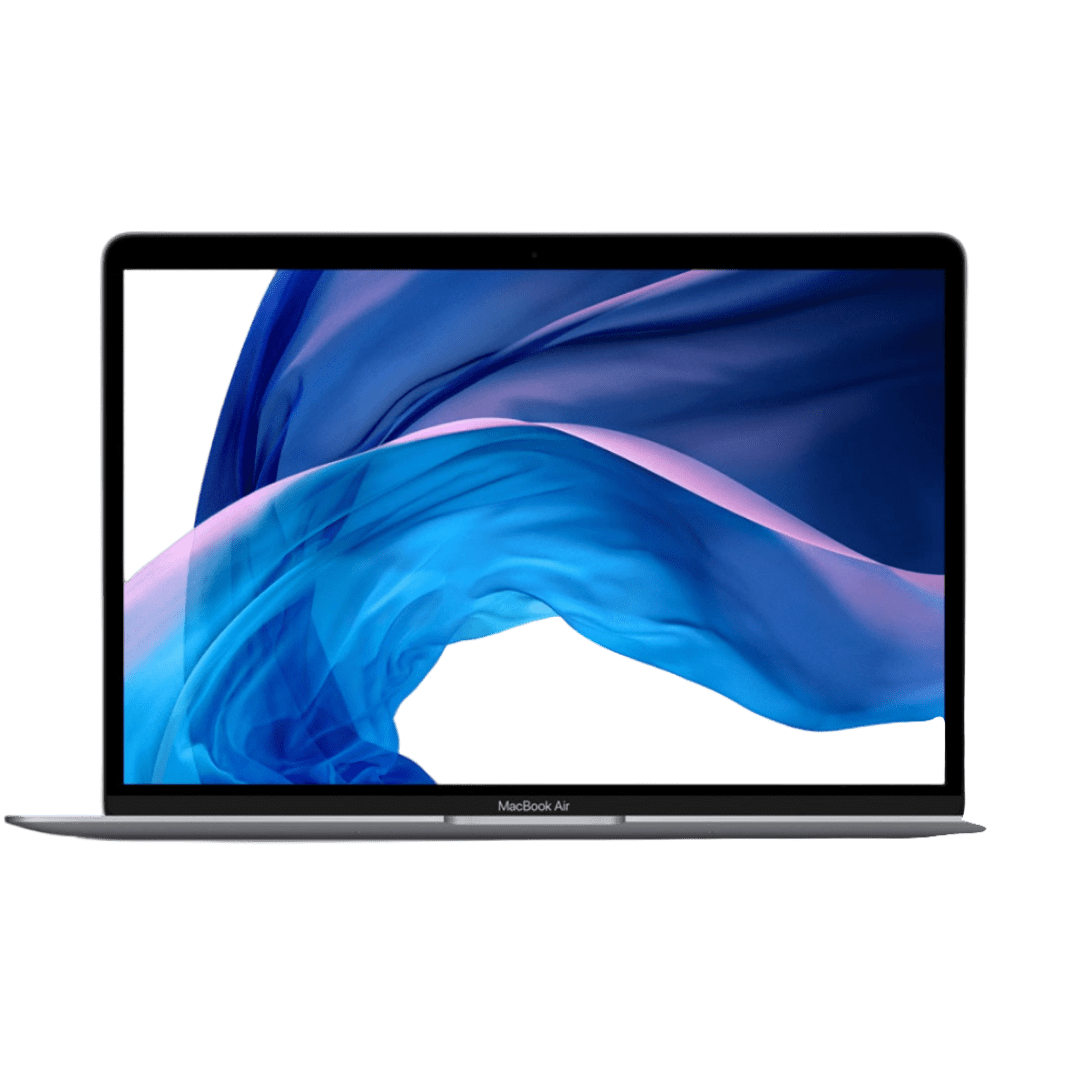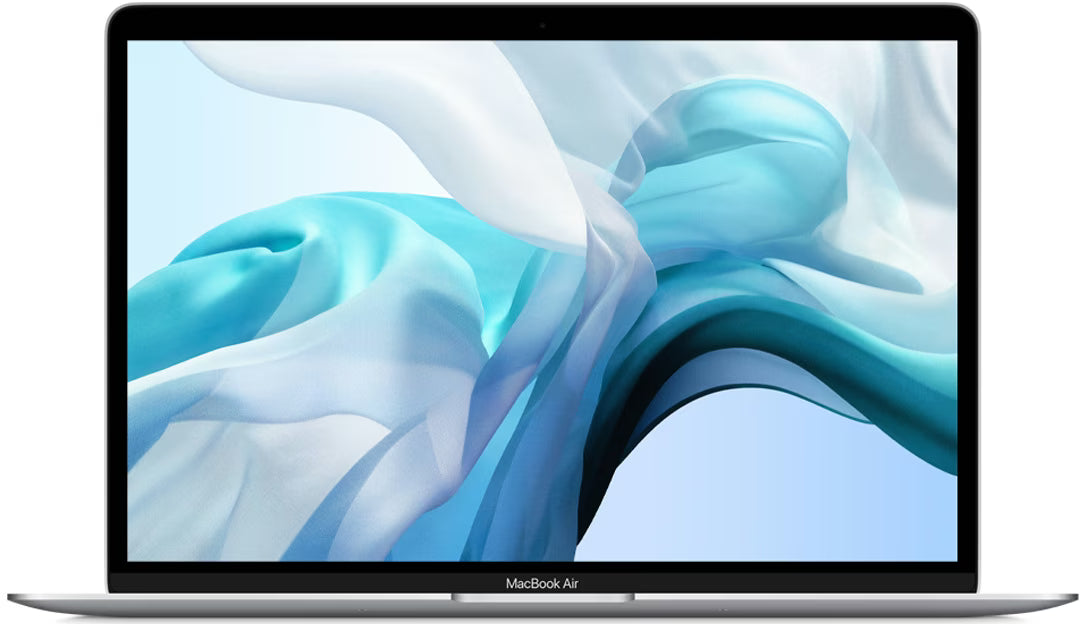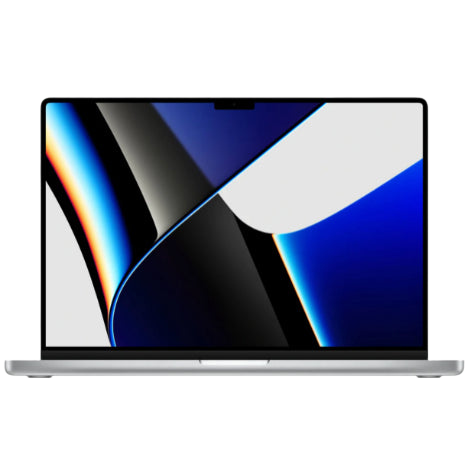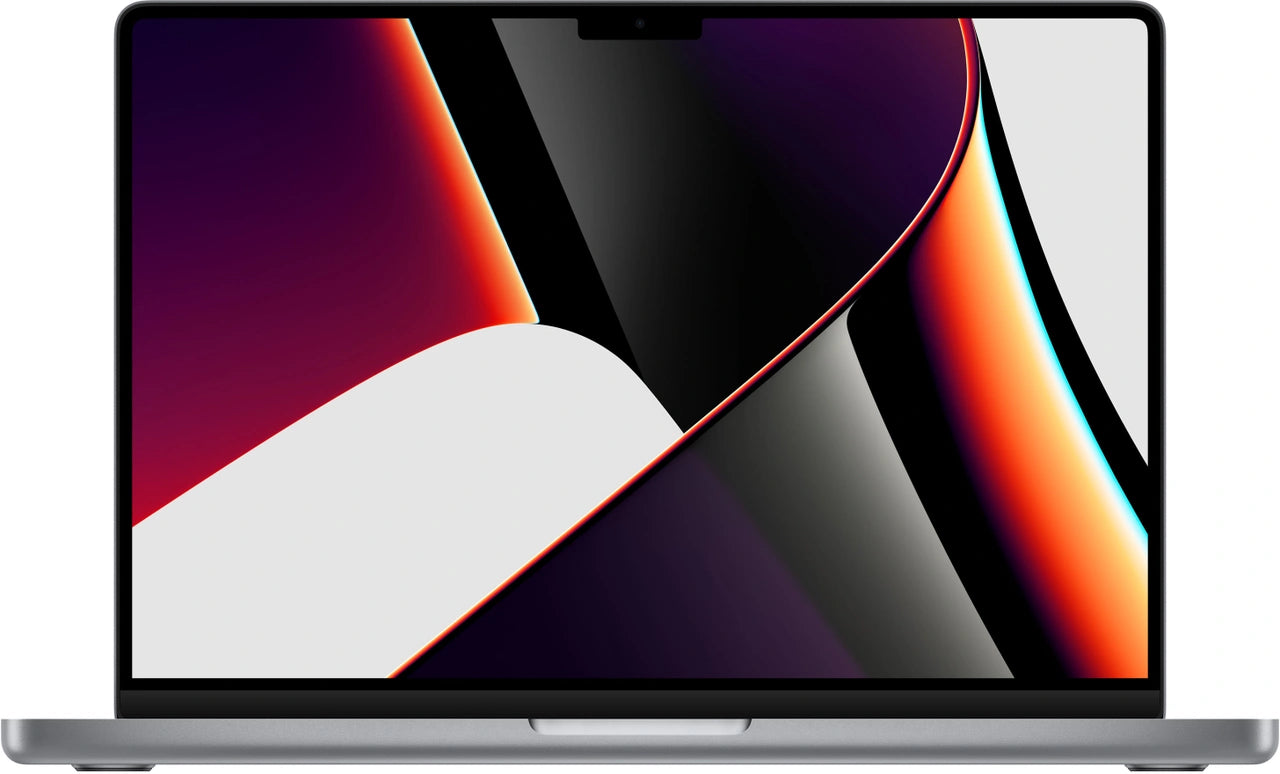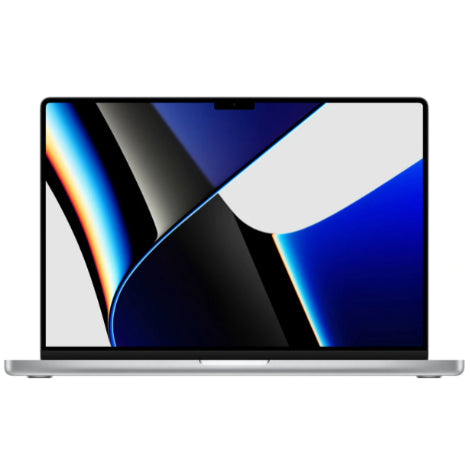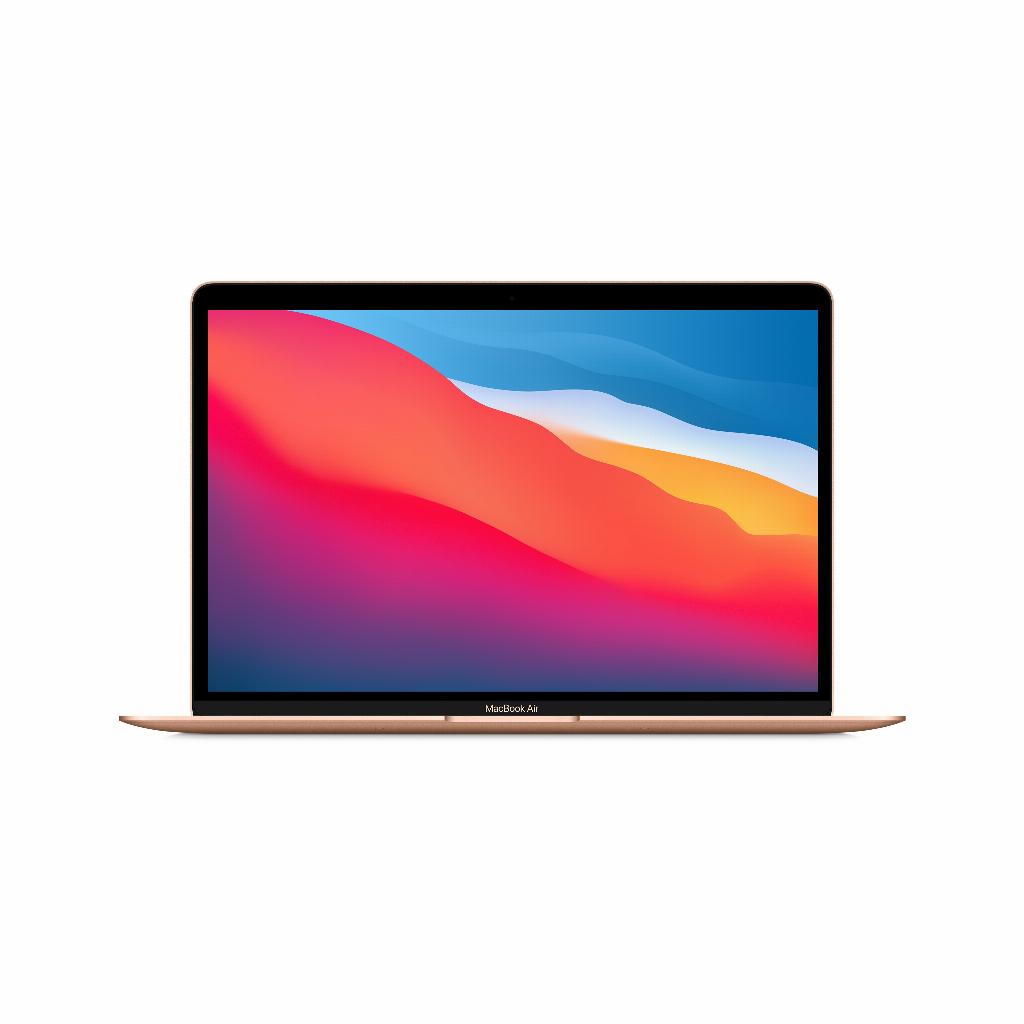SSD or HDD for your MacBook?
Your MacBook is slowing down. Boot times are increasing. And you're wondering: is it time for a new hard drive ? The choice between HDD and SSD seems simple – after all, SSDs are faster and quieter. However, it's not so black and white. While a new SSD for your MacBook will make it blazing fast, a traditional HDD offers much more storage for your money. The secret often lies in the right combination: a fast SSD for your system and programs , supplemented with an external HDD for all your files. With the right MacBook configuration, even an older MacBook can last for years to come. So the question isn't so much which drive is better, but how you can intelligently utilize both technologies for your specific needs.
The ideal storage solution for your MacBook
The choice between an SSD and an HDD for your MacBook therefore depends primarily on your personal needs. An SSD gives your system a significant speed boost and operates virtually silently, while an HDD offers more storage space at a lower cost. The ideal solution often lies in combining the two: a fast SSD for your system and applications, with an external HDD for your large files. This creates the perfect balance between speed and storage capacity, allowing your MacBook to perform optimally for your daily use.



